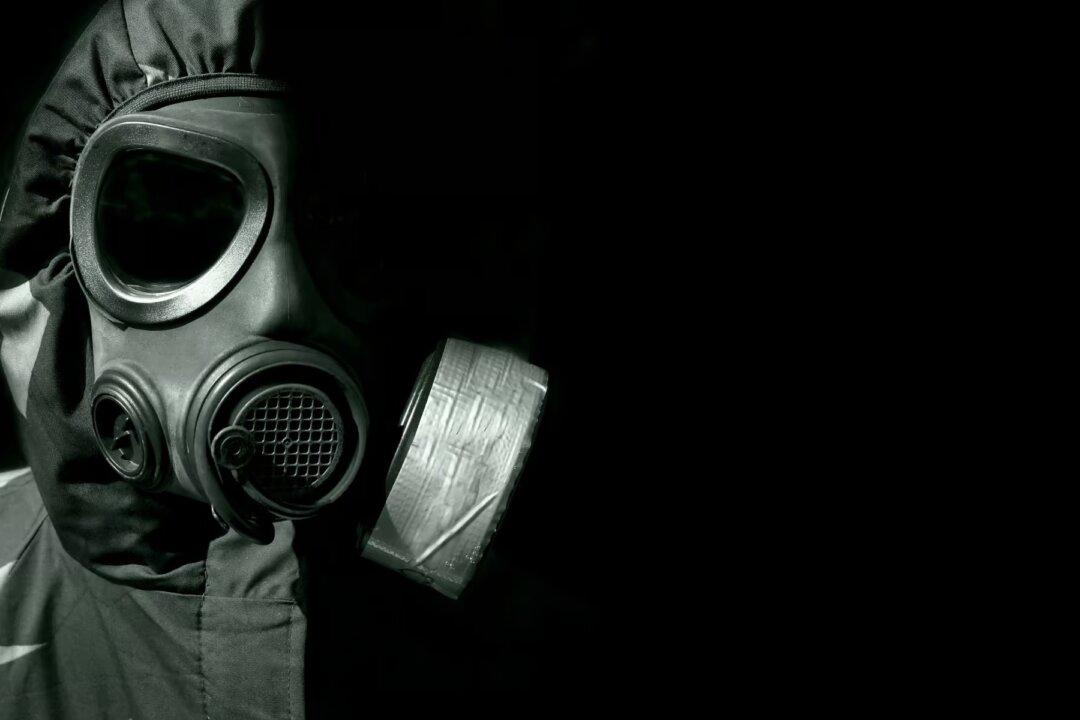News Analysis
In part one of this article, I reviewed the contractual and regulatory framework applied by the U.S. government to the initial development, manufacture, and acquisition of the COVID mRNA shots, using the BioNTech/Pfizer agreements to illustrate the process.





